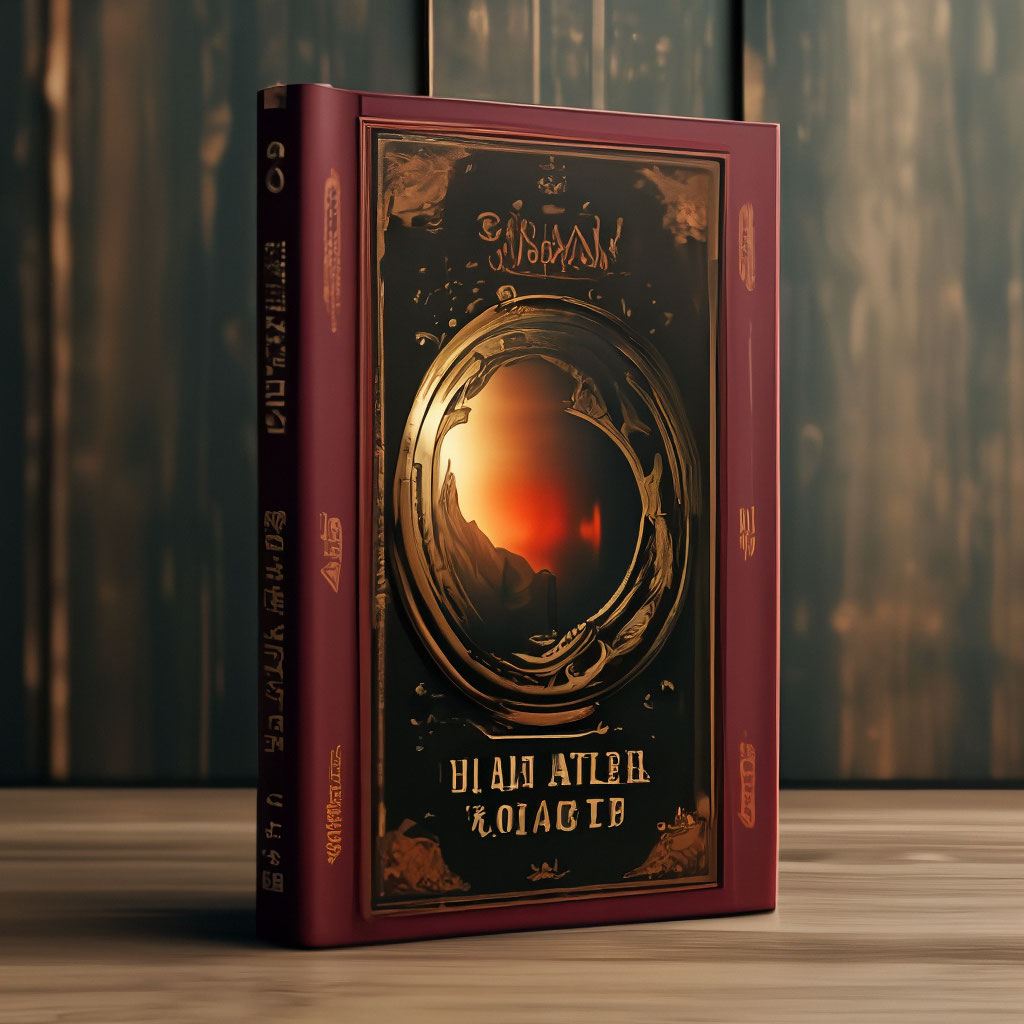Excerpt from The Journal of Experimental Zoology, 1936, Vol. 20
Loeb and some of his followers hold that this stimulus is, in all organisms, animals as well as plants, dependent, in a specific way, upon the amount of stimulating energy received by the sensitive tissue, in accord with the Bunsen-Roscoe law. That is, that a given amount of stimulating energy (which is the product of the intensity of the agent and the time it acts) always produces the same effect no matter how these two factors may vary. Thus according to this idea a weak agent acting a long time should cause the same response as a strong one acting a short time.
This is one of the essential characteristics of a theory of orientation which will be referred to as the 'continuous-action' theory.
Darwin and others maintain that, in some cases at least, the orienting stimulus is dependent upon the time-rate of change of stimulating energy. That is, that if there is no change in such energy there will be no response, no matter how much energy may be received. Response in accord with this idea constitutes the most important feature of a theory of orientation which will be called the 'change-of-intensity' theory.
Our observations on the process of orientation in Gonium strongly support the latter theory. They also support the contention that the eye-spots function as direction eyes essentially as do the eyes in some of the flat-worms.
The reactions of the colonial organisms have not received much attention, Volvox is the only member of this group that has been extensively studied, and in this form only the responses to light have been thoroughly investigated (Mast '07). It will be expedient to present, in this connection, the essential features of these responses since we desire later to compare them with those observed in Gonium.
Volvox, like most of the simple green organisms, responds very definitely to light. It orients fairly accurately, and is usually positive in light of moderate intensity and negative in that of high intensity.
About the Publisher
Forgotten Books publishes hundreds of thousands of rare and classic books. Find more at www.forgottenbooks.com
This book is a reproduction of an important historical work. Forgotten Books uses state-of-the-art technology to digitally reconstruct the work, preserving the original format whilst repairing imperfections present in the aged copy. In rare cases, an imperfection in the original, such as a blemish or missing page, may be replicated in our edition. We do, however, repair the vast majority of imperfections successfully; any imperfections that remain are intentionally left to preserve the state of such historical works. Это и многое другое вы найдете в книге The Journal of Experimental Zoology, 1936, Vol. 20 (Classic Reprint)
